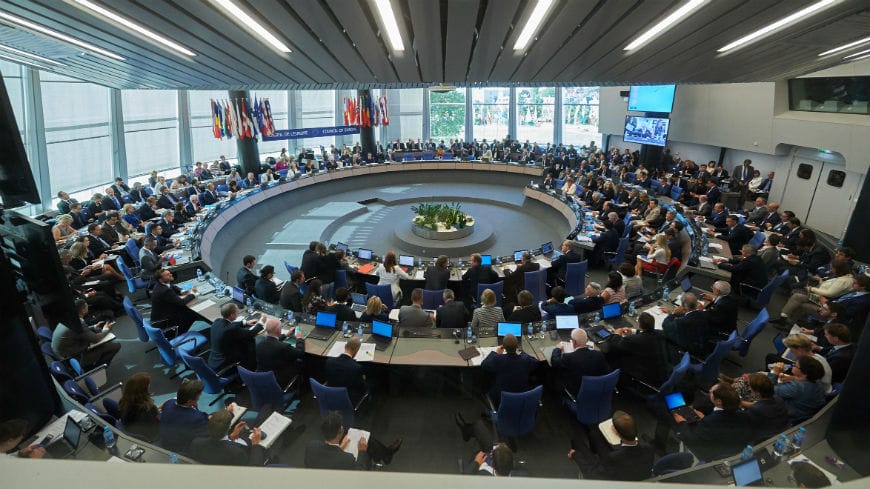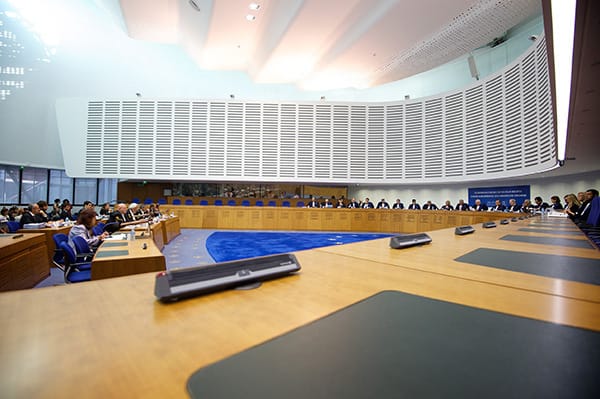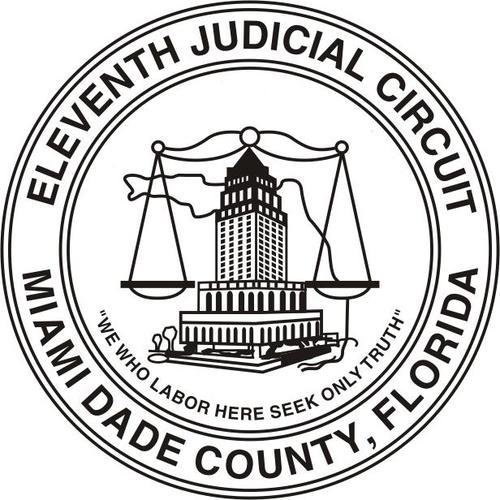Recommendation from the Committee of Ministers of the Council of Europe to the Member States on the European Rules on community sanctions and measures
in Giurisprudenza Penale Web, 2017, 6 – ISSN 2499-846X
On 22 March 2017 the Committee of Ministers of the Council of Europe adopted a Recommendation, addressing the governments of member States, which concerns the European Rules on community sanctions and measures (click here to view the document). The present Recommendation replaces the existing rules on this matter, namely Recommendation Rec(2000)22 on improving the implementation of the European Rules on community sanctions and measures and Recommendation Rec(92)16 on the European rules on community sanctions and measures.
These new rules are intended to strike a balance between competing and contrasting interests. In particular, they aim to protect society and to maintain legal order and at the same time to support social rehabilitation, while also enabling offenders to make reparation for the harm they have caused. To this end, they consider the possibility of applying new forms of alternative measures to detention, which have been experienced in recent years, for instance the electronic monitoring, including GPS tracking.
At the outset, the Committee of Ministers clarified the meaning of “community sanctions and measures”. This expression refers to sanctions and measures which maintain suspects or offenders in the community and involve some restrictions on their liberty through the imposition of conditions and/or obligations.
In terms of content, the present Recommendation is made up of ten chapters, dealing with different aspects. Below, a brief overview of the main points.
Chapter I identifies the basic principles on which these new Rules are based. Firstly, it is of particular relevance the fact that community sanctions and measures can enhance the prospects of social inclusion on which desistance from crime usually depends. Moreover, they play a fundamental role in encouraging suspects and offenders to meet their responsibilities as members of the community. To do so, community sanctions and measures shall be necessarily implemented in a manner that upholds human rights, respect the principles of dignity and comply with international standards concerning human rights and fundamental freedoms. In this process of rehabilitation, offenders are encouraged to make reparation for their offences to the victims or to the community, having due regard to the rights and needs of the latter. Last basic principle, but not least, concerns the nature and the duration of community sanctions or measures. These shall be in proportion to the seriousness of the offence and the harm done to victims.
Chapter II is dedicated to the legal framework. In particular, it pointed out that the authorities responsible for the implementation of community sanctions and measures shall be laid down in law, as will their duties, responsibilities and powers.
Chapter III concerns the implementation and methods of community sanctions and measures. With a view of the reintegration into society, the imposition and implementation of such measures shall seek to develop individuals’ sense of responsibility to the community and contribute to their personal and social development. To do so, it is necessary that the implementation methods are individually adapted to the particular circumstances of each case.
To make reintegration possible, Chapter IV requires that public or private organisations and local communities actively work in partnership with the implementing authorities to meet the needs of suspects or offenders, promote their social inclusion and to enhance community safety.
Chapter V regulates the consent of the person involved, which is required for the imposition of any community measure. In fact, only when such consent exists, the suspect or the offender is able to co-operate in order to be reintegrated into the free society.
Chapter VI indicates a number of guarantees. For example, the suspect or offender must be aware of the content of the sanction or measure and of the consequences of non‑compliance or inadequate compliance with the conditions and obligations laid down in a community sanction or measure. This chapter also refers to cases of revocation of a community sanction or measure .
Chapter VII is entitled “organisation, staff and resources”, while Chapter VIII is dedicated to inspection, monitoring and complaints procedures.
According to Chapter IX, research on community sanctions and measures shall be encouraged, in order to assess the economic and social benefits accruing from a reduced recourse to imprisonment and on the advantages of community sanctions and measures, as well as the disadvantages. This information must be made available to policy makers, legislators, judicial authorities and the general public.
Finally, Chapter X states that these Rules shall be reviewed regularly.
It must be noted that the Committee of Ministers, in drafting this Recommendation, took into consideration the Council of Europe Handbook for prison and probation services regarding radicalisation and violent extremism. It addresses issues regarding risk assessment methods, prison procedures and the treatment of radicalized people, implications for the security of detainees and prison staff and how to cooperate with families of offenders.
In conclusion, it seems clear that this Recommendation intends to provide member States with a guidance on the introduction and use of community sanctions and measures, in order to take full advantage of their benefits and to protect the fundamental rights of all concerned persons.
How to quote the article in a bibliography:
M. E. Salerno, Recommendation from the Committee of Ministers of the Council of Europe to the Member States on the European Rules on community sanctions and measures, in Giurisprudenza Penale Web, 2017, 6








